We may earn money or products from the companies mentioned in this post. This means if you click on the link and purchase the item, I will receive a small commission at no extra cost to you ... you're just helping re-supply our family's travel fund.
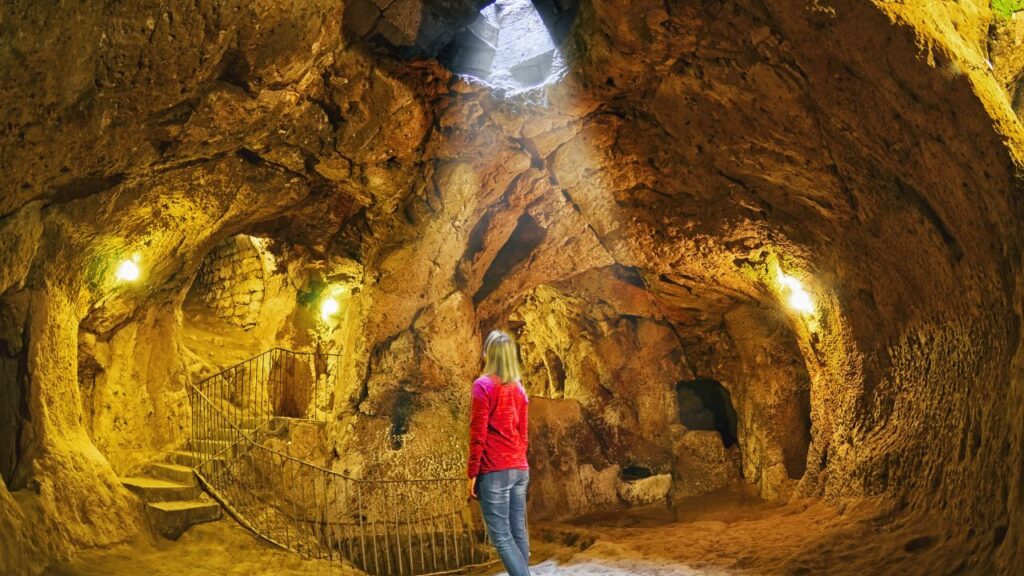
When we think of cities, images of skyscrapers and lively streets usually come to mind. But beneath the surface of the earth lies a hidden world just as rich—if not more fascinating. Across the globe, entire cities have been built underground for survival, security, climate, or pure ingenuity. From ancient labyrinths and hidden bunkers to salt-carved chapels and desert cave homes, these places show just how far human creativity can go. Ready to uncover the world below? Here are 8 unbelievable underground cities you can actually visit.
Wieliczka Salt Mine, Poland
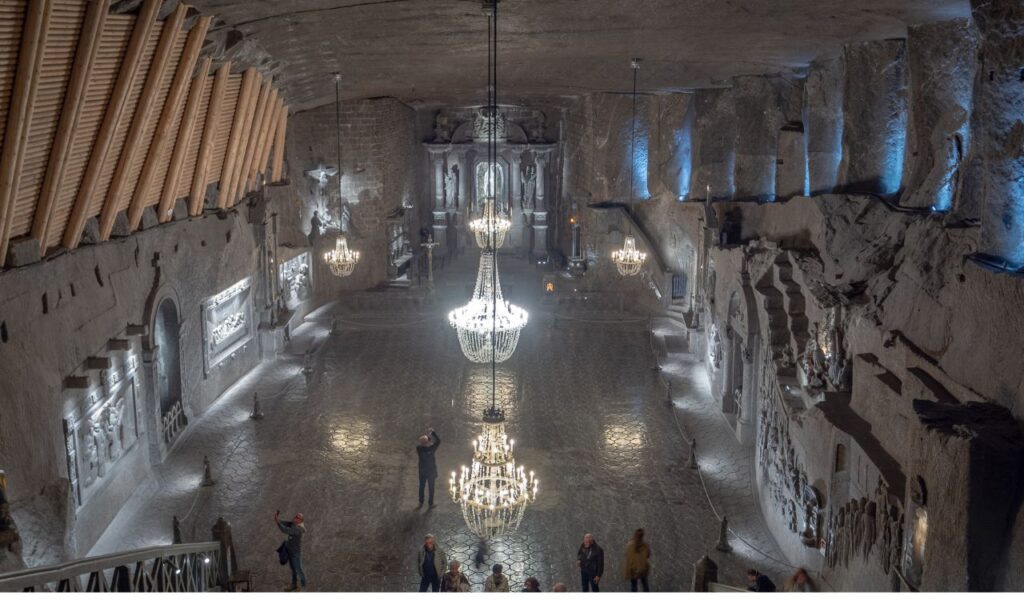
Just outside Kraków lies a magical world carved entirely from salt. The Wieliczka Salt Mine spans over 180 miles and features chapels, statues, and chandeliers—all sculpted from rock salt. This UNESCO-listed site includes an underground cathedral where weddings are held, and the cool, glittering halls feel like something out of a fantasy novel. It’s not just a mine—it’s a full-blown subterranean masterpiece.
Derinkuyu, Turkey
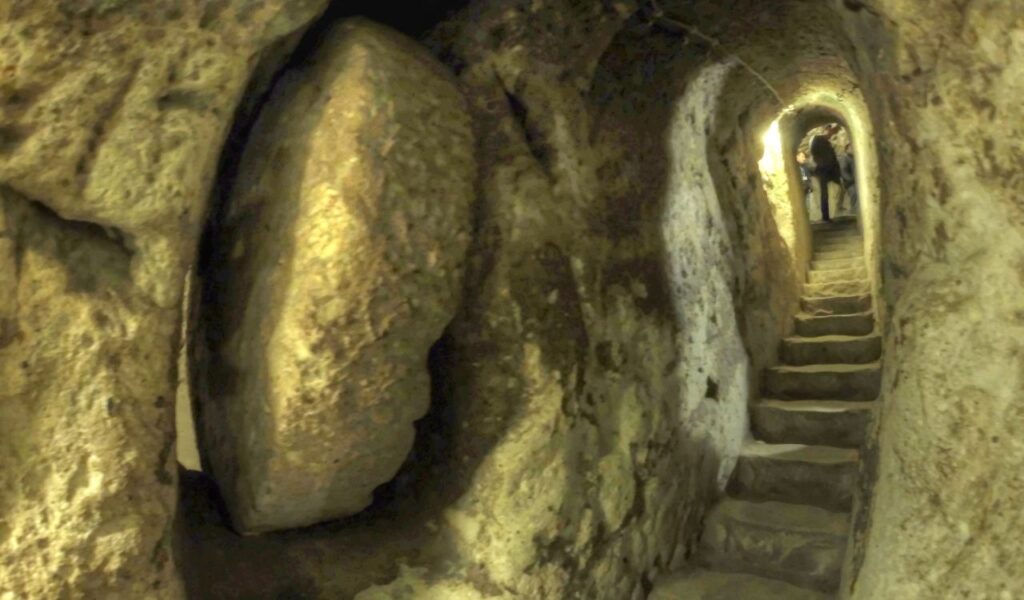
Imagine lifting a floorboard in your home and finding a city beneath it. That’s how Derinkuyu was discovered in Cappadocia. This ancient city plunges 18 stories into the earth, once housing 20,000 people with stables, churches, schools, and wine cellars. Carved from volcanic rock, it’s a feat of ancient engineering with air shafts and tunnels that connect it to other underground settlements.
Naours, France

Under the calm countryside of northern France is a hidden village of over 300 rooms. Naours began in the Middle Ages and served as a refuge during multiple wars, including both World Wars. The tunnels include bakeries, chapels, and walls covered in graffiti left by soldiers. Exploring Naours is like stepping into a quiet museum of resilience—history preserved in stone.
Burlington Bunker, England
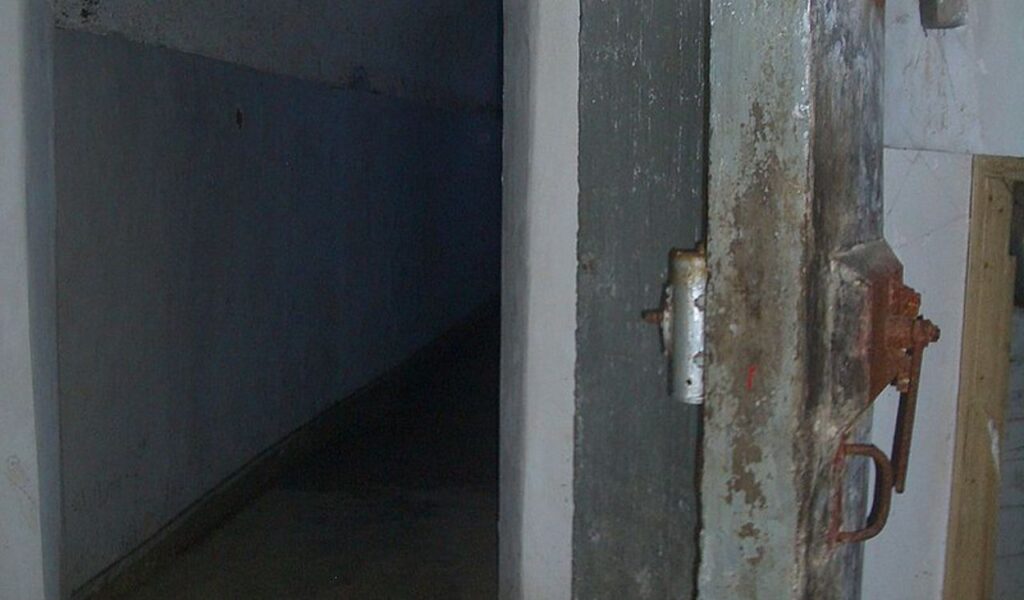
Tucked beneath the hills of Wiltshire lies Burlington Bunker—a Cold War-era facility built to shield Britain’s top officials in case of nuclear disaster. Designed to house 4,000 people, it had its own phone system, broadcast center, hospital, and living quarters. Though now decommissioned, parts of it remain visitable and offer a haunting glimpse into the UK’s doomsday planning.
Matmata, Tunisia
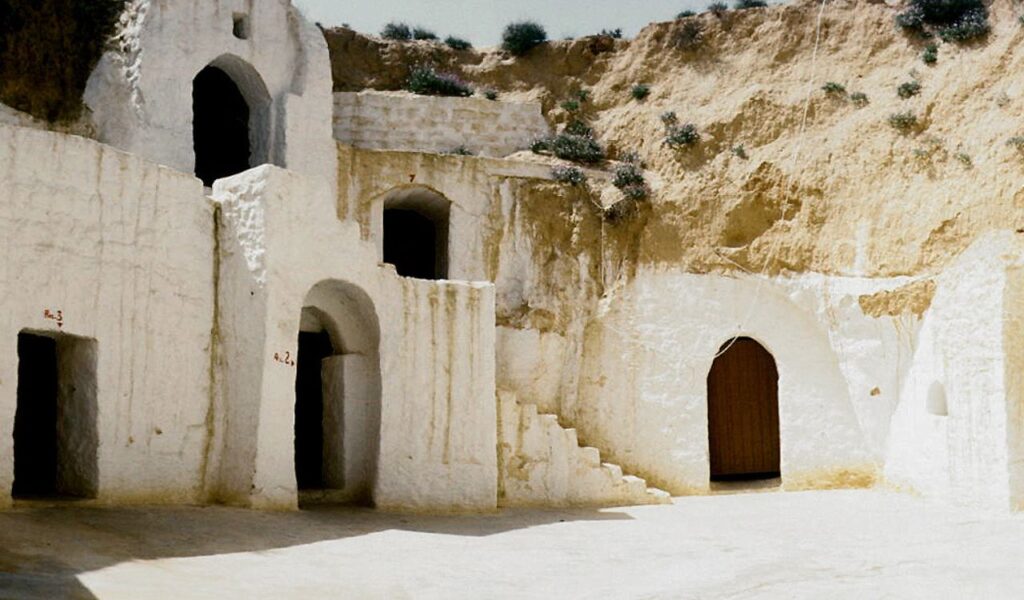
Matmata’s underground dwellings are carved into sunken pits with rooms built into the surrounding earth. Created by the Berber people to escape the harsh desert climate, these homes are naturally cool and still inhabited today. Matmata gained global fame as the filming location for Luke Skywalker’s home in Star Wars, but its cultural value runs much deeper than Hollywood fame.
Dixia Cheng, China
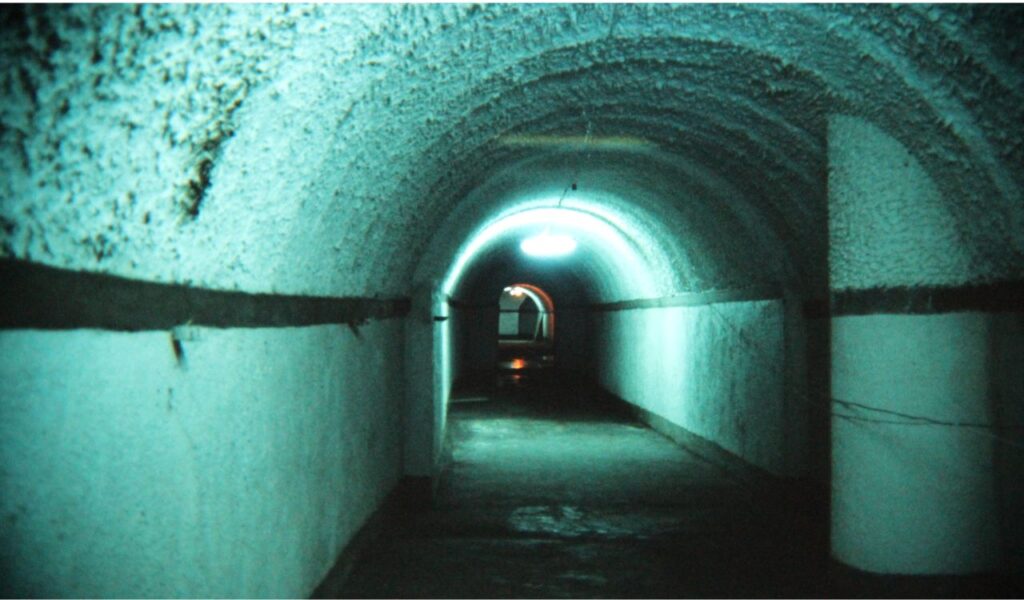
Under Beijing’s bustling streets lies a massive fallout shelter from the 1970s known as Dixia Cheng. Built during the Cold War, it was designed to protect a million residents and includes schools, clinics, theaters, and even salons. Though much is now closed, tours of its eerie, winding corridors still offer a surreal peek into China’s subterranean Cold War infrastructure.
Orvieto Underground, Italy
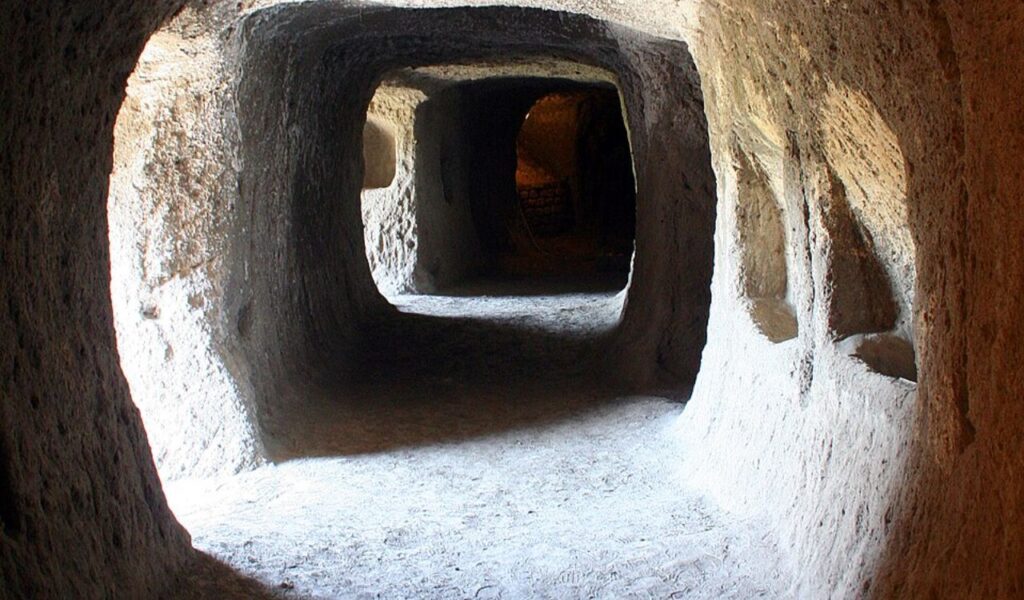
Above, Orvieto charms with its hilltop cathedral—but below, an ancient secret thrives. The underground tunnels, dug over 2,500 years ago by the Etruscans, include wells, olive presses, dovecotes, and escape routes. The passageways, expanded through medieval times, now form a preserved slice of underground Italian life. Guided tours reveal how daily life once flowed below the surface.
Petra, Jordan
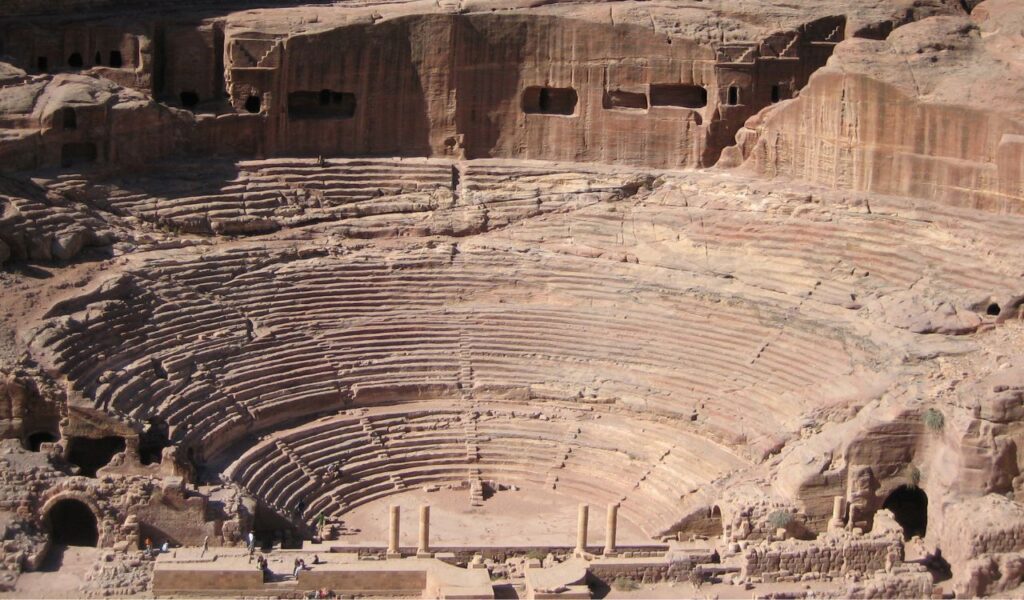
Petra’s dramatic façade, carved into pink rock, hides a web of underground chambers. Beyond the Treasury, narrow paths lead to caves and rooms used for rituals, storage, and burial. The Nabataeans shaped Petra as a trade center and spiritual hub, blending utility and beauty. Though much is still unexplored, what lies beneath is as mesmerizing as the city’s towering walls.